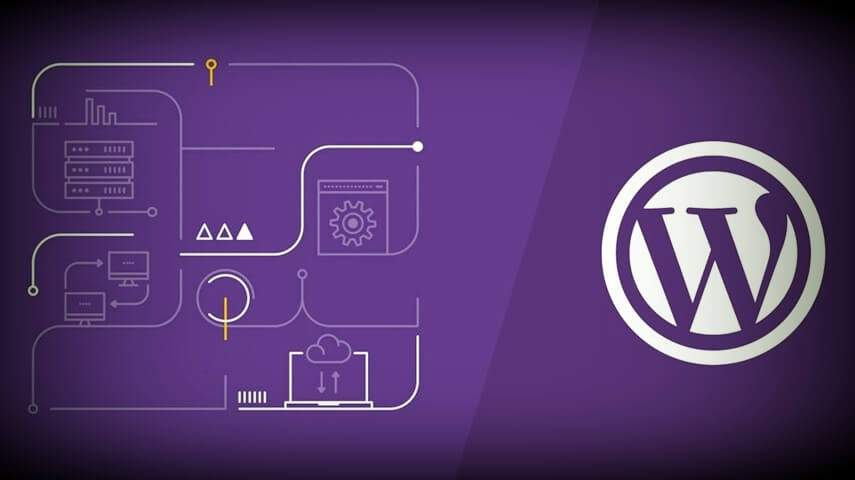There are many free website solutions out there. And, believe it or not, as a professional website design and development company, we don’t have a problem with this. Certain businesses may just start or maybe the restructuring and money is strict. We understand. We have as much as they have a presence than not at all. Stepping stones are sometimes needed.
However, we don’t think this is a reason for a bad design. The design is still important. The web, mostly, is a visual experience (factor in mobile phone, and even more visual things). Users tend to develop their initial trust levels based on superficial elements, design i.e. And how they use this site is very determined by how it is set visually and how well the information is presented.
3 Benefits of Having a Professional Website Design
1. First Impressions
The possibility is good enough that users will end up on your website or blog through a kind of search or reference. This will lead many people to argue that they are pushed to the website because the content and content are important.
Good content does improve the results of your site’s Search Engine Result Page (SERP). And valuable and useful content will produce references, retweet, Facebook “likes,” etc. But what happens once they get to your site?
Does the design make a difference? Of course. If you go to the site and it looks terrible or confusing, are you in a comfortable place? Do you feel confident that this is the place where the content will be sent? Or have this problem with you?
Whether you realize it or not, you experience a subconscious reaction to the site before you even read a little content. You have the first impression based on the view and nuance of the entire site. Your design needs to support the content and objectives of the site (which is something we will discuss later).
The point here is that your website is an important part of marketing and communication and therefore must promote your brand. The display of your site must be visually conveying the feeling you want the user to have about your company while visiting. It must invite and request user trust. If the user has a bad first impression then your content must be stellar just to try and win it.
2. Usefulness and User Experience
After you make that first impression, now the importance of the user experience. Again, some will argue that what they want is your content and if they are referred through their search must look at it.
This is true to a certain extent, but does not paint all images. Again, what is your goal for your website? Do you just want more visitors? Or do you want visitors to do something when on your site?
You want conversion; You want this user to act when given specific information. Let’s say you are a landscape company and you have written a great blog post about how to cut roses. When someone comes to read the post, you want them to do something – Leave a comment, see your trimming service offer, look at the post via social media channels, or all the above.
Layout, navigation, and even colors can play a big role in whether these things happen and how often. If your design mess with advertisements placed badly, or your navigation is confusing, or your color is disturbing, then your design (or absence) acts as a deterrent in achieving your goals.
Consistency in layout and style (elements such as fonts, buttons, etc.) will also help users to navigate sites easier. Whatever you can do to minimize confusion or doubt on the user section will make the experience for them to be more productive.
This can help refer back to basic design, composition rules and color theory (our post hierarchy & web design may be useful). How can you use your design to lead your eyes or attract specific attention to something without being too clear and annoying? How can you use certain colors to convey certain themes such as “fun,” professional, “or” creative “?
3. Greater Control
Unlike many social media pages, your website is a place where you control the message and experience. You can use the design to lead users through the site, gently suggest the next page to visit or what calls to take action.
Think about this. You visit the Facebook page, what did you see? Advertisements on the right side, updates from friends, notifications up, and so on. You are constantly drawn in all directions by elements that demand your attention.
On your website, you control these elements and can use it to lead users along the path you want them to follow. The design plays a big role in this case, based on the reason I have shown such as composition, color, etc.
All of these things work together with your content will make a more controlled and targeted user experience, which will ultimately lead to a higher conversion rate.
All of this needs planning and testing. You will want to work with a designer or someone who knows about professional website design. You also want to determine your goals and order of interest. And you have to test with a kind of statistical tool, like Google Analytics.
Professional website design more than just a beauty contest. Design is an integral part of your web marketing strategy, it encourages user experience, conversion of destinations and content promotions.




